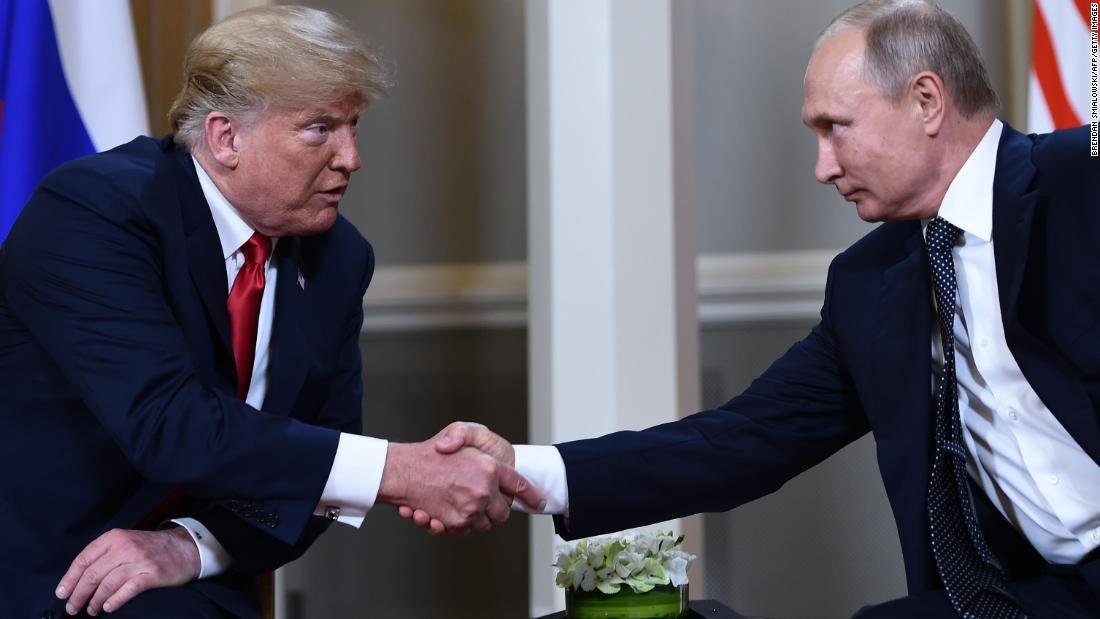What Are The Key Areas Of Etiquette?
In the previous article, we started defining etiquette very simply for now as selfless manners guided by a few simple rules, or as one American literary critic put it,
“Etiquette means behaving yourself a little better than is absolutely essential.”
I stand by that.
However, the above definition is only our general concept; it obviously gets a little trickier from there in terms of the core areas of etiquette. Surely some things are just common sense, and others are more clearly a matter of etiquette and protocol? Go on to any etiquette school or social media page, and you'll see all sorts of grand palaces and tycoon-tech towers because etiquette categories are vast and rich.
There are generally three essential areas that encapsulate all situations where etiquette applies:
I. Social Etiquette
Social etiquette typically involves greetings, how to start conversations, what taboo subjects to avoid, etc. This really forms the bread and butter of all areas of etiquette, and mastering the involved tenants will serve you well elsewhere.
II. Dining Etiquette
Dining etiquette is self-explanatory but a sphere unto itself because of the natural vastness of cuisine and cutlery; toasts, which fork first, who pays, and breaking bread, to name just a few examples, puts dining etiquette on a whole other level.
III. Business Etiquette
Business etiquette gets very specific because an ordinary office day suddenly turns into a regime of detailed guidance, as it were. Do you turn up to a meeting on time or just a bit late? Who sits down first? How many handshake pumps? Who takes priority? Unlike the previous two, business etiquette settles these questions despite a definite overlap.
Is that all?
What about heads of state, or 'knights, princes, and judges' as one French theologian in 1350 wrote. Where does all that fall into the above categories?
Good question. There is a slight difference there, and I would add two other categories under the banner of not etiquette but protocol.
IV. Royal Protocol
We cannot leave out royal protocol, given that all etiquette stems from the habits and customs of the aristocracy of Europe, more or less. It may be an exclusive area of etiquette. However, from a historical perspective, it is rather fundamental and always worth having in mind.
V. Diplomacy
Diplomacy necessitates mutual understanding and recognising the existence of entirely different views. Negotiation is a tough business. Nobody gets what they want if they do not show enough courtesy to the other side and refuse to consider an aim that benefits both. That's not to mention the risky nature of offending a foreign culture whose delicate customs you are not privy to.
These five categories overlap, of course. For example, basic social etiquette involves handshakes and correct greetings. This applies to Royal Protocol too, where anyone present before Her Majesty Queen Elizabeth II or any monarch would bow (gentleman) or curtsy (ladies) and waits to be spoken to before speaking yourself. It is still all about a greeting, but the seniority of the person involved and the setting separates the two.
If somebody came to me and sought etiquette advice on social greetings, I wouldn't teach them to bow or curtsy before royalty because it's unlikely they'll need it unless they wanted to know for its own sake. These topics are probably the most fascinating and glamorous in the world of etiquette.





